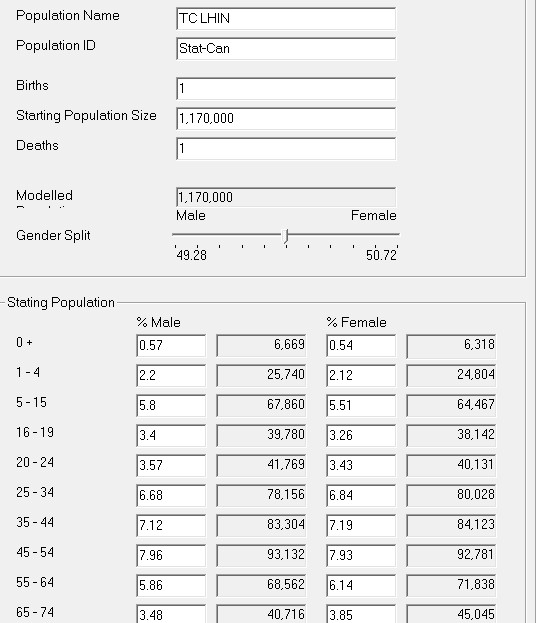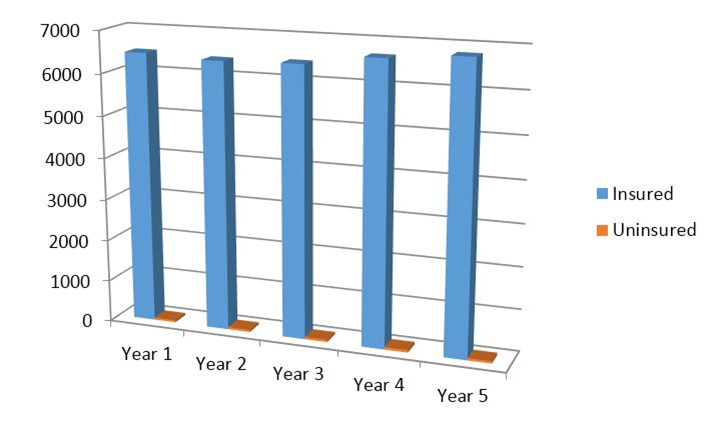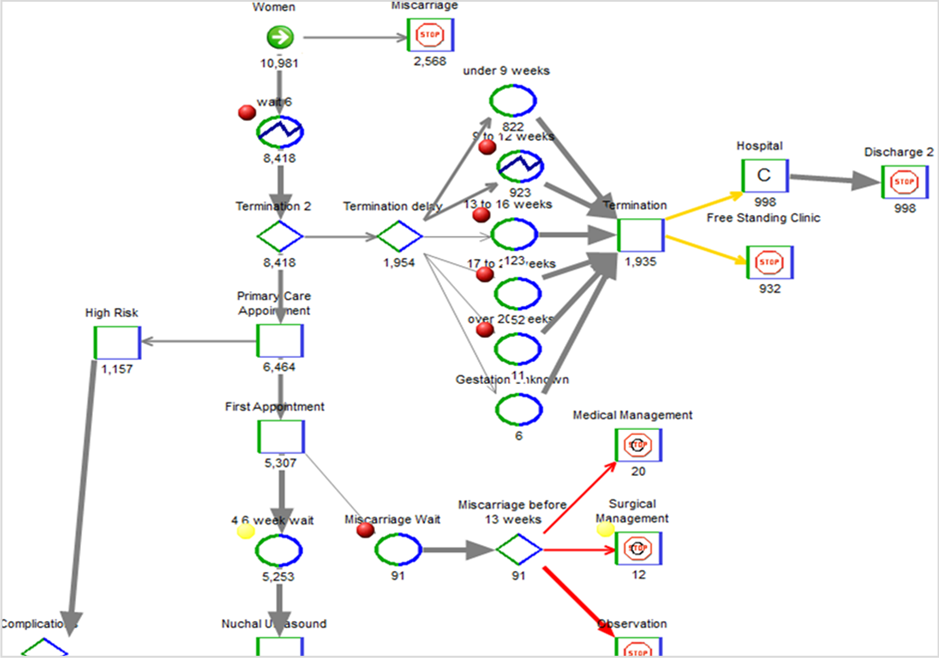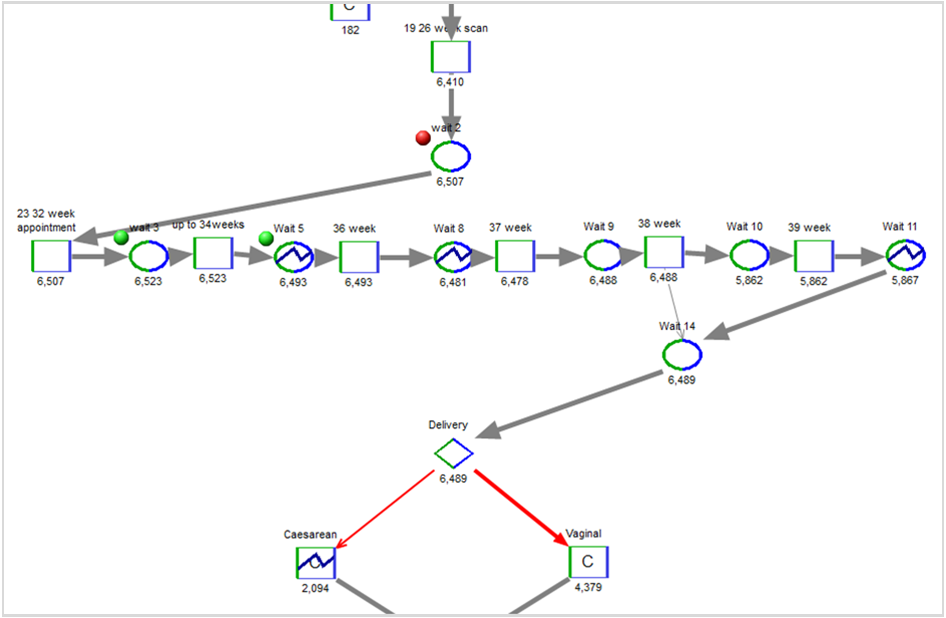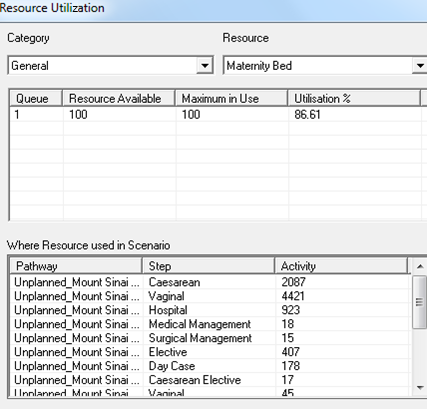
Measuring Impact of Service Changes on Patient Care, Bed Capacity and Cost
Internationally acclaimed for excellence in clinical care, Mount Sinai Hospital is an academic teaching facility providing acute care for adults and children in the Ontario province.
With a diverse population, Mount Sinai treats a high number of patients experiencing complications related to delivery. To improve patient care, in particular amongst vulnerable communities, SIMUL8 Corporation’s Scenario Generator software was used to simulate the maternity unit with a view to developing prenatal services for uninsured women who have restricted access to services, compared to those who are insured.
Using Scenario Generator, Mount Sinai Hospital was able to model maternity services looking at a number of scenarios surrounding insured vs. uninsured women and the impact of service changes on patient care, bed capacity and cost.
